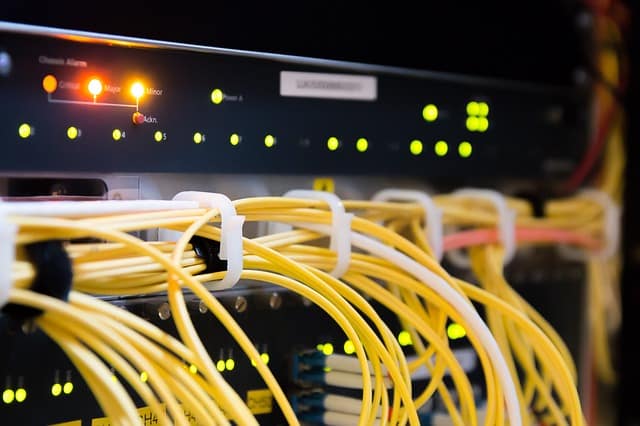Fibre connectivity is solving some of South Africa’s most pressing challenges, playing a significant part in empowering and uplifting communities, and contributing toward building a successful economy. With the right support and participation from both the private and public sectors, the telecommunications industry is in a better position to ensure that the growth of fibre connectivity in South Africa is not only tangible, but sustainable.
Demand for telecommunications services has grown significantly in the last seven years, due in great part to the introduction of new technology, along with the impact of the COVID-19 pandemic and lockdown, which highlighted the urgency for wider connectivity access across the country.
In fact, the number of households and businesses in South Africa with fibre connections has risen by a staggering 4,200%, with demand for fibre at an all-time high. Government is also in the process establishing over 33,000 community Wi-Fi hotspots to provide more South Africans with access to the internet by 2025.
What’s more, estimates indicate that the South African telecom market’s revenue is expected to grow at a compound annual growth rate (CAGR) of 5.32% over the next five years. This trend is expected to continue in the coming years, driving the growth of the telecommunications market in South Africa.
South Africa is investing in data and telecommunications infrastructure, mining, manufacturing, energy, property, logistics and food and beverages sectors, exceeding the target originally set in 2018. Structural reforms such as the Rapid Deployment Policy are being implemented to improve economic competitiveness, and the National Skills Fund is looking into a new model of training unemployed young people in digital skills. The digital economy is proving essential for overall economic growth and job creation, as well as the provision of key services such as education, social services, and health care.
This is happening across Africa; for example, the African Development Bank (AfDB) is facilitating the development of internet infrastructure that includes backbone fibre projects and has pledged a 55 billion US dollar investment into this as part of the Connect Africa initiative. The understanding and goal behind this that expanding access to fibre internet will create economic growth and inclusive development in African countries.
A good case study can be found in Singapore, where fibre infrastructure development and connectivity availability is already leaps and bounds ahead of western counterparts. This will boost the country’s growth potential and contribute greatly towards economic growth and innovation.


Closer to home, access to high-speed broadband is breaking down South Africa’s digital divide, creating opportunities for people living in outlying, emerging and previously disadvantaged areas. We’re seeing more of our youth develop digital literacy skills that boost their employability. Entrepreneurs can tap into ecommerce opportunities and grow their businesses, and local economies are beginning to thrive as a result.
Access to reliable, high-speed, high-volume connectivity allows for the deployment of smart technologies in commercial buildings and cities. This will be a game changer for South Africa. Automation and IoT will help optimise electricity and water consumption, manage traffic levels, streamline public transport, reduce carbon emissions, and promote good governance, and citizen participation in the well-being of the country. One example is Eskom’s Demand Side Management (DSM) programme which is designed to reduce energy consumption to reduce peak demand. The advent of the Internet has changed how businesses operate and communicate, transformations which have also impacted the energy sector. Using the medium of the web as a tool to facilitate information flow within DSM implementation requires widespread connectivity, which is enabled by fibre infrastructure – connecting mobile towers for cellular connectivity, as well as fibre to the home or business.
Fibre will also be critical in the healthcare space – from managing and securely storing healthcare data to telemedicine innovations that allow medical professionals to remotely treat high-risk patients.
Fibre remains our best bet at achieving the future we as South Africans, and Africans, dream of attaining. This means that fibre providers need to partner and collaborate strategically with both the public and private sectors, not only in terms of fibre infrastructure rollout, but for the greater good of our industries and the country.
- Praveen Govender, Chief Sales & Marketing Officer at DFA
